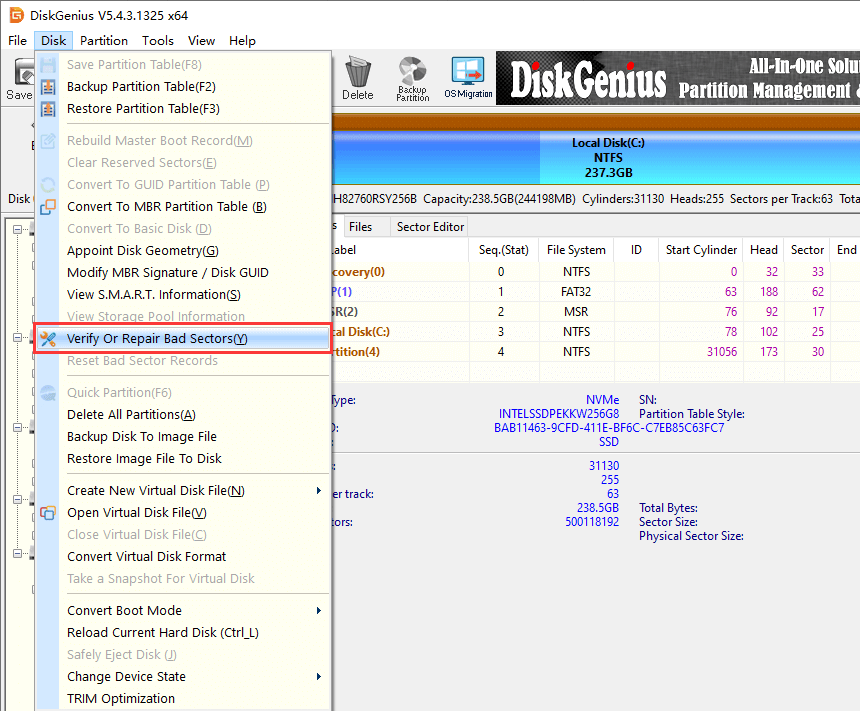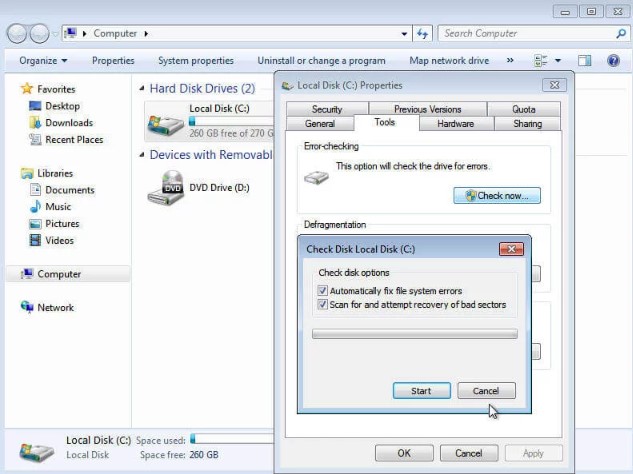

That happens due to file overwriting as you continue using the storage media or the system after file loss.

To add more photos from other locations, click the ‘ Add ’ button and browse to select the corrupt photos. Select single or multiple files and click ‘ Open ’ to add the photo (s) in the software for repair.
#How to find corrupted files windows 10 windows 10#
Built inside of every version of Windows 10 is the System File Checker tool, a Swiss army.
#How to find corrupted files windows 10 how to#
If one method fails, head to the next one, and so on. Click ‘ Add File ’ icon and then browse location to select the corrupt photo files. How to Scan for (and Repair) Corrupted System Files in Windows 10. However, a photo file may also get corrupt due to dying storage media, system crash, sudden system shutdown, corrupt file, and file system errors.įurther, there could be a case where the recovered photos may be corrupt. How to Fix Corrupted Files in Windows 10/8/7 While the methods mentioned below have worked for many of the users out there, you are recommended to keep trying all until you find the one that works for your situation. Photo corruption usually occurs due to malware or virus infection, bad sectors, and improper drive ejection. Download a free trial of the tool to get started. Starting today, Windows 10 users are finding that the /sfc scannow feature is no longer working and that it states it found, but could not fix, corrupted Windows Defender PowerShell files. Microsoft has a handy Windows Security tool that lets you find and remove such corrupted, broken, and malicious files from the Windows machine. In this blog post, we will share an easy, DIY solution to repair your corrupt photos using Stellar Data Recovery software. The S-1 folder that houses the corrupted account will appear twice: one will have a (.bak) extension and the other wont.

Lost your valuable photo collection due to corruption? This is a common issue faced by most people due to reasons like virus or malware infection, bad sectors, improper ejection of the storage drive, etc. As you check the S-1 folders, also check this file until you find the S-1 folder that has the ProfileImagePath file showing the username of the affected account.


 0 kommentar(er)
0 kommentar(er)
